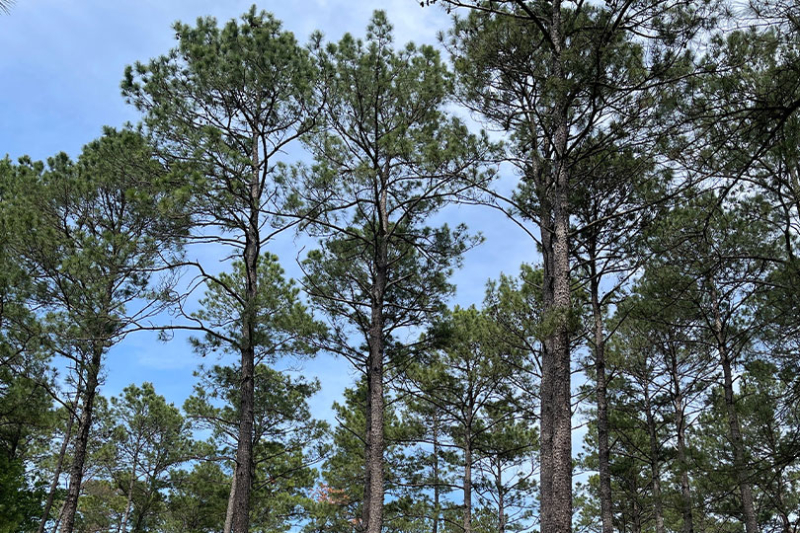The Texas timber industry continues to make a strong economic impact, with employment and output levels remaining steady compared to 2023, according to Texas A&M AgriLife Extension Service.
For the last two years, market conditions have remained steady, with a strong demand for sawtimber, primarily from pine trees in East Texas.
However, there is an oversupply of smaller-diameter trees, keeping pulpwood prices soft, according to Dr. Eric Taylor, silviculturist with AgriLife and Texas A&M Forest Service.
East Texas remains the heart of the state’s timber industry, with about 12 million productive acres across 43 counties.
Most timberland is privately owned by small family landowners, with additional holdings by timber investment firms and limited public lands. The region’s pine-dominated forests provide dimensional lumber essential for construction like two-by-fours and two-by-sixes. Demand for hardwoods is less consistent, and the pulp and paper markets face more volatility with oversupply issues.
He noted recent reinvestments and expansions by mills in the region signal confidence in the future of the Texas timber industry.
Housing trends remain a market driver for Texas timber, accounting for nearly 17% of the nation’s total new homes.
“Housing starts nationwide have slowed, and that does affect our markets to some degree,” Taylor said. “But Texas is doing better than much of the country. Housing construction here has held up relatively well. In fact, Texas housing starts have seen a recent increase after a two-year slowdown, and that’s helped keep our sawtimber markets stable.”
Mass timber is emerging as a new area of growth. Advances in manufacturing have helped laminated solid wood products offer structural strength while replacing materials like concrete or steel.
“Architects and engineers are increasingly recognizing the aesthetic appeal and energy-efficiency of wood and mass timber, making them a practical choice for larger-scale projects,” Taylor said. “It’s a renewable and beautiful resource that also saves on heating and cooling costs.”
Most Texas timberland is held in smaller tracts—often under 100 acres, where forest management can be expensive.
The Texas A&M Forest Service is addressing challenges small landowners may face to help them benefit economically. A new cost-share program launching this fall will cover up to 80% of qualifying practices such as thinning, site preparation and planting.
“These programs make it possible for smaller landowners to actively manage their timber and keep their forests healthy, which is critical for reducing fire risk, minimizing losses to insects and disease and maintaining productivity,” Taylor said.
Landowners can visit the Funding Connector to identify funding opportunities available for their specific properties.


Leave A Comment